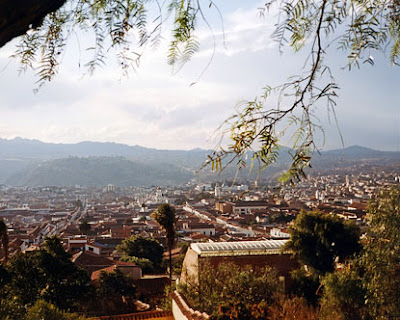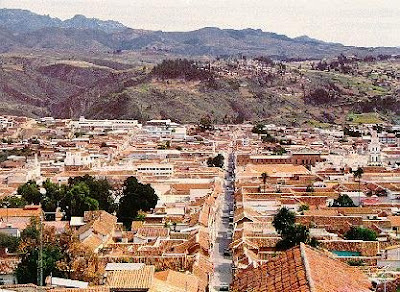There’s nothing more interesting and more exciting than travel. Through travel, you are able to not only see the world but experience it: whether you are going to the hills of China and into the Himalayas, or exploring the Australian outback, there are so many ways that you can learn by simply being in the right place. You can add to the excitement of your international travel experience by doing it at the last minute. Of course, this can be difficult, but if you are prepared for some mind boggling excitement, then go ahead! Here are a few tips that will aid you in last minute international travel.
- Never discount the importance of a passport. Some people will take for granted the importance of their passport and will travel around without it, thinking that they can go into any country by virtue of their nationality or citizenship. However, you may get mugged, a lot of things can get stolen from you, and if you are working at the last minute, things can get quite sloppy. If you lose anything, you need to go to your consulate if it’s important, and you need to show that you are a citizen of your country through your passport.
- Before you ever travel anywhere, no matter how last minute your trip is, always check for the address of your consulate or embassy in the country that you are going to. Take note of this address and all contact numbers, and keep this information in a safe place. You will need this information just in case something goes wrong during your trip.
- When you are able to log on to the Internet, do two big things: look for information on your destination, such as the places where you want to go, how to get around, exchange rates from your currency to your destination’s currency, and other important things; and second, book a hotel. The first task will allow you to anticipate any events and know where to go beforehand so that you don’t walk around blindly in your destination. The second may actually get you several discounts so make sure that you get a good hotel deal!
- If all else fails for your quest for good discounts on accommodations, then you may have to simply wing it. When you arrive at your destination, hunt for a cheap but decent and clean pension house or hostel. Get some rest, and when you start moving around the next day, stop by at several hotels and ask for information on bookings and cheap rates. This way, you can still get around and get the hotel that you want!
- Ask for recommendations from your friends. They may be able to offer you tips from their own international travel adventures. In fact, when your friends start talking about their adventures, you should start listening and asking questions! Don’t ever discount the value of good research, not to mention good friends.
- Always have a good reliable travel agent on hand who can handle last minute accommodations and arrangements. The problem with a lot of travel agencies is that they offer no discounts for last minute travel, but if you are able to find a good agent, then you should keep that agent.
- Keep on doing research. On your off times, surf the Internet for interesting places to visit, so that when the time comes for you to travel, you know just where to go.
- Before you ever travel anywhere, no matter how last minute your trip is, always check for the address of your consulate or embassy in the country that you are going to. Take note of this address and all contact numbers, and keep this information in a safe place. You will need this information just in case something goes wrong during your trip.
- When you are able to log on to the Internet, do two big things: look for information on your destination, such as the places where you want to go, how to get around, exchange rates from your currency to your destination’s currency, and other important things; and second, book a hotel. The first task will allow you to anticipate any events and know where to go beforehand so that you don’t walk around blindly in your destination. The second may actually get you several discounts so make sure that you get a good hotel deal!
- If all else fails for your quest for good discounts on accommodations, then you may have to simply wing it. When you arrive at your destination, hunt for a cheap but decent and clean pension house or hostel. Get some rest, and when you start moving around the next day, stop by at several hotels and ask for information on bookings and cheap rates. This way, you can still get around and get the hotel that you want!
- Ask for recommendations from your friends. They may be able to offer you tips from their own international travel adventures. In fact, when your friends start talking about their adventures, you should start listening and asking questions! Don’t ever discount the value of good research, not to mention good friends.
- Always have a good reliable travel agent on hand who can handle last minute accommodations and arrangements. The problem with a lot of travel agencies is that they offer no discounts for last minute travel, but if you are able to find a good agent, then you should keep that agent.
- Keep on doing research. On your off times, surf the Internet for interesting places to visit, so that when the time comes for you to travel, you know just where to go.



 12:51
12:51
 Explore World - World Travel Guide
Explore World - World Travel Guide


 Posted in:
Posted in: 



























































